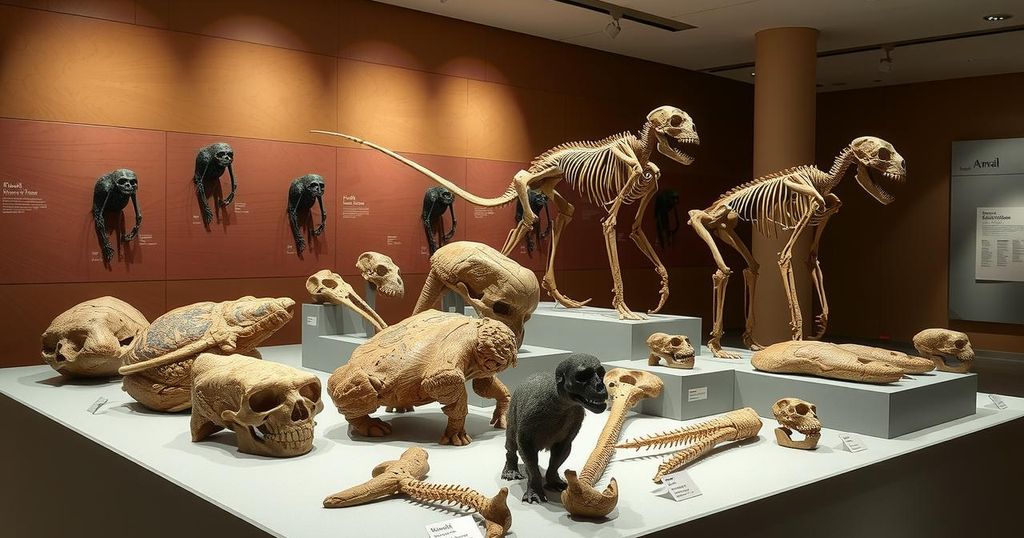IARPA Embarks on AI Cybersecurity Research to Safeguard Classified Data
IARPA is focusing on AI cybersecurity research to ensure intelligence agencies can safely utilize generative AI, like ChatGPT, without risking classified data exposure. The TrojAI program, which began in 2019, is coming to a close, having developed methods to detect adversarial attacks. IARPA aims to address vulnerabilities and promote safe AI applications in sensitive environments, as LLMs become increasingly relevant.
IARPA is moving forward with its AI cybersecurity research, aiming to enable intelligence agencies to utilize generative AI without risking exposure of classified data. As leaks pose significant challenges, IARPA is focused on ensuring that transformative AI tools, such as ChatGPT, do not become sources of unauthorized disclosures. Currently wrapping up its TrojAI program, which began in 2019, IARPA has been developing methodologies to detect adversarial attacks on AI systems, especially relevant in the era of large language models (LLMs).
Director Rick Muller highlighted LLMs as a focal point for future programs, emphasizing the need to understand potential training biases and unintended consequences. “What we want to be able to do is understand in the next round, what kind of training skews are brought into a large language model that might give unintended consequences?” Muller stated during a recent event, recognizing the risk of models spilling classified information if prompted correctly.
“Jailbreaking” concerns, where users manipulate a model’s safeguards, pose significant risks of leaking sensitive data. Additionally, techniques such as “prompt injections” aim to deceive generative AI systems into executing malicious commands. Despite the dangers, intelligence officials believe that AI can drastically improve information gathering and analysis, with plans in place for widespread AI adoption across the intelligence community.
Since its launch, the TrojAI program has been dedicated to developing defenses against Trojan horse-style attacks on AI systems, assessing vulnerabilities in various AI domains from image recognition to natural language processing. The research, often published in collaboration with the National Institute of Standards and Technology, emphasizes filling market gaps in AI safety standards.
Muller reiterated the importance of providing the intelligence community with tools to gauge AI system safety. “IARPA doesn’t have the billions of dollars that are required to train a foundation model,” he noted, expressing the organization’s motivation to offer support for understanding when models are safe or compromised. As TrojAI concludes, insights gained will inform how LLMs can be securely trained on classified data without endangering national resources.
IARPA’s ongoing efforts in AI cybersecurity underlines its commitment to harnessing generative AI safely within intelligence agencies. As the TrojAI program draws to a close, the focus on securing large language models from leaks and adversarial attacks reveals a comprehensive strategy designed to balance innovation with national security. With experts like Rick Muller guiding these initiatives, the future of AI integration in intelligence is both promising and cautiously optimistic.
Original Source: federalnewsnetwork.com




Post Comment